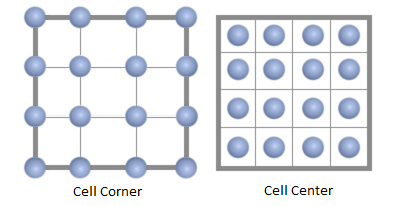Configure a Light Probe Proxy Volume in the Built-In Render Pipeline
The area in which the 3D grid of interpolated Light ProbesLight probes store information about how light passes through space in your scene. A collection of light probes arranged within a given space can improve lighting on moving objects and static LOD scenery within that space. More info
See in Glossary are generated is affected by the Bounding Box Mode property.
The main difference between Automatic Local and Automatic World is that in Automatic Local, the bounding box is more resource-intensive to compute when a large hierarchy of GameObjects uses the same LPPV component from a parent GameObjectThe fundamental object in Unity scenes, which can represent characters, props, scenery, cameras, waypoints, and more. A GameObject’s functionality is defined by the Components attached to it. More info
See in Glossary. However, the resulting bounding box may be smaller in size, meaning the lighting data is more compact.
The number of interpolated Light Probes from within the bounding volumeA closed shape representing the edges and faces of a collider or trigger.
See in Glossary is affected by the Proxy Volume Resolution property. There are two options:
Automatic (default value) - The resolution on each axis is computed using the number of interpolated Light Probes per unit area that you specify, and the size of the bounding box.
Custom - Allows you to specify a different resolution on each axis (see below).
Note: The final resolution on each axis must be a power of two, and the maximum value of the resolution is 32.
Probe Position Mode specifies the relative position of an interpolated Light Probe to a cell center. This option may be useful in situations when some of the interpolated Light Probes pass through walls or other geometries and cause light leaking. The example below shows the difference between Cell Corner and Cell Center in a 2D view, using a 4x4 grid resolution:

Data Format specifies which format the associated 3D texture uses. There are two options:
Float (default value) - The texture uses the 32-bit floating-point channel format to store the spherical harmonics coefficients.
Half Float - The texture uses the half-float (16-bit float) channel format to store the spherical harmonics coefficients. The advantage of this format is that half-float linear texture sampling is supported by the majority of devices and the precision difference between this format and the 32-bit floating point channel format is not noticeable. Also, the texture sampling performance on the GPU is better with this data format.